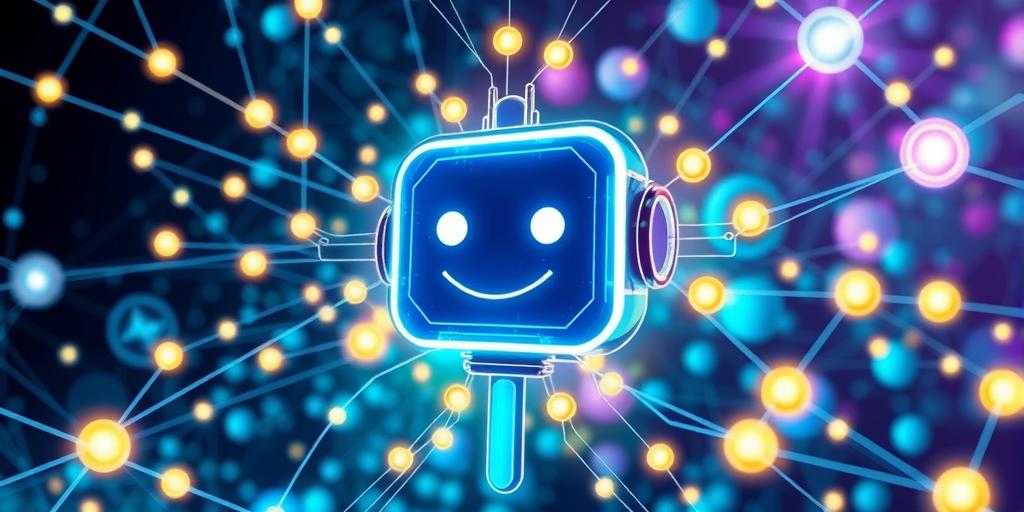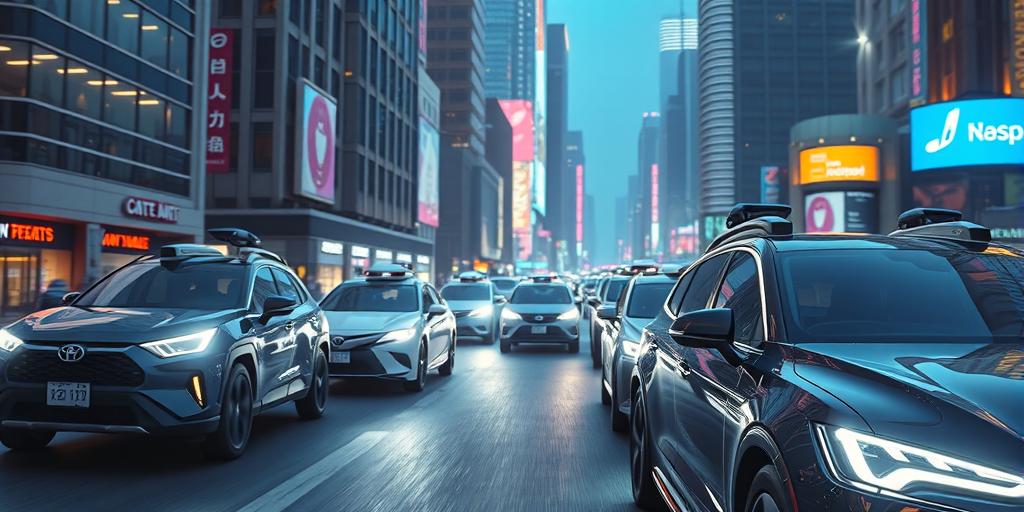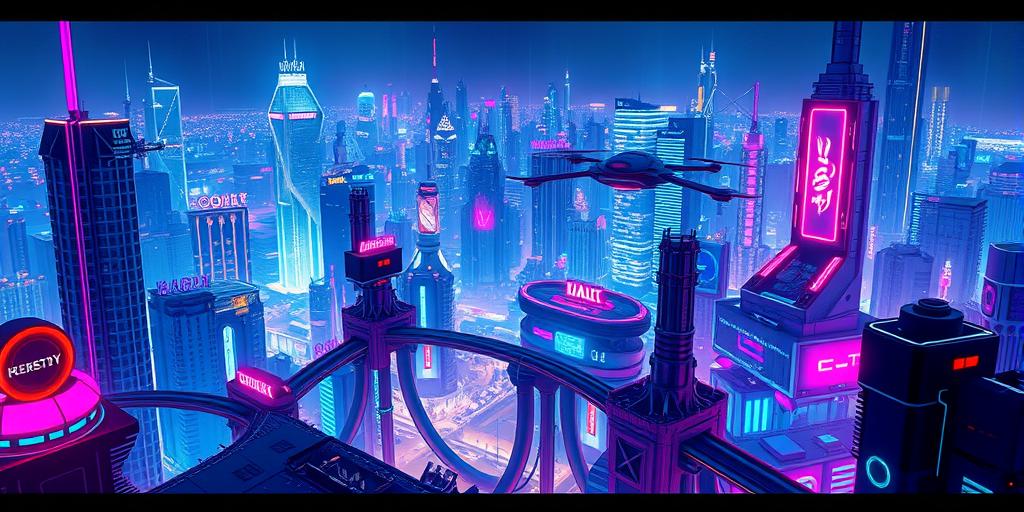The Rise of Chatbots: A Journey Through Time
Have you ever wondered about the fascinating evolution of chatbots? From rudimentary rule-based systems to sophisticated AI companions, their journey is nothing short of extraordinary. This in-depth exploration delves into the history, current capabilities, and future potential of these ever-evolving digital entities. Prepare to be amazed by the advancements and possibilities that await us!
The Genesis of Chatbots: From Eliza to SmarterChild
The concept of chatbots might seem futuristic, but its roots go way back. Early chatbots like ELIZA, developed in the 1960s, were simple programs that mimicked Rogerian psychotherapeutic techniques. While lacking true intelligence, they laid the foundation for future advancements. These early attempts at natural language processing, although limited, demonstrated the potential for human-computer interaction through text-based conversations. The success of ELIZA, despite its simplicity, ignited a spark, leading to further experimentation and innovation in the field of conversational AI. Think of it as the first tentative step towards a world where machines could understand and respond to human language. The evolution of chatbot technology was far from over; ELIZA’s success was a pivotal moment.
The Dawn of the Internet Era
The internet revolutionized chatbot development. The rise of instant messaging platforms such as AOL Instant Messenger (AIM) provided a fertile ground for the development of interactive conversational agents. One notable example is SmarterChild, an early chatbot that gained significant popularity on AIM. SmarterChild demonstrated more advanced capabilities than its predecessors, showcasing a glimpse of what sophisticated chatbots could achieve. It could engage in simple conversations, answer questions, and even provide basic information retrieval. This success marked an important milestone in chatbot technology development, paving the way for future advancements in conversational AI.
The Rise of AI-Powered Chatbots
The advent of artificial intelligence has dramatically transformed the capabilities of chatbots. Modern chatbots leverage sophisticated algorithms, machine learning, and natural language processing (NLP) to engage in far more nuanced and human-like conversations. Unlike their predecessors, AI-powered chatbots can learn from past interactions, adapt to different contexts, and provide increasingly accurate and helpful responses. This evolution has led to significant improvements in the quality and effectiveness of chatbot interactions, opening up vast possibilities for their application across a wide range of industries.
Machine Learning and Natural Language Processing
Machine learning and NLP have revolutionized conversational AI, enabling chatbots to understand and respond to the subtleties of human language, including context, tone, and intent. These advancements have allowed chatbots to understand nuances in natural language that previous generations simply could not. This has improved the effectiveness of chatbots, leading to better user experiences and increased application capabilities. Chatbots today can handle far more complex conversations and tasks than their predecessors. The rise of AI has truly propelled the field of chatbot technology forward.
Chatbots in Various Industries
The versatility of chatbots has led to their widespread adoption across diverse industries. From customer service and e-commerce to healthcare and education, these digital assistants are proving their value. Chatbots significantly enhance customer support by providing 24/7 availability, instant responses, and personalized assistance. Their ability to handle numerous inquiries simultaneously reduces response times and increases overall efficiency. In e-commerce, they can assist customers with product recommendations, order tracking, and other related tasks, enhancing customer satisfaction and increasing sales conversion rates. This adaptability and range of capabilities demonstrate the widespread applicability of this growing technology.
Future Applications and Trends
The future of chatbots holds immense potential. Advancements in AI and NLP are set to enable chatbots to perform even more complex tasks, understand emotions, and offer increasingly personalized and human-like interactions. The integration of chatbots with other technologies, such as virtual reality and augmented reality, will open up even more exciting possibilities. We can expect chatbots to play a significant role in various aspects of our lives, transforming the way we interact with technology and with each other. The possibilities are truly limitless.
The Future is Conversational
The evolution of chatbots has been remarkable, and their future looks even brighter. As AI continues to advance, we can expect chatbots to become increasingly integrated into our daily lives, enhancing our experiences and transforming various industries. From personalized learning tools to virtual companions, chatbots are poised to revolutionize the way we communicate and interact with the digital world. Prepare for a future where conversing with machines feels as natural as talking to a friend! Embrace this technological evolution and witness the incredible potential that lies ahead. Ready to delve deeper into the world of AI-powered chatbots? Start your exploration today!













